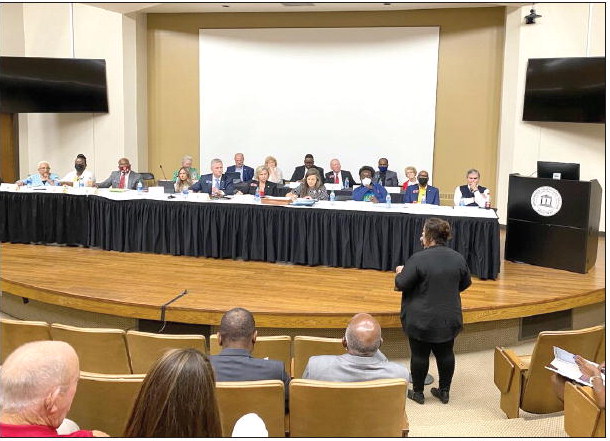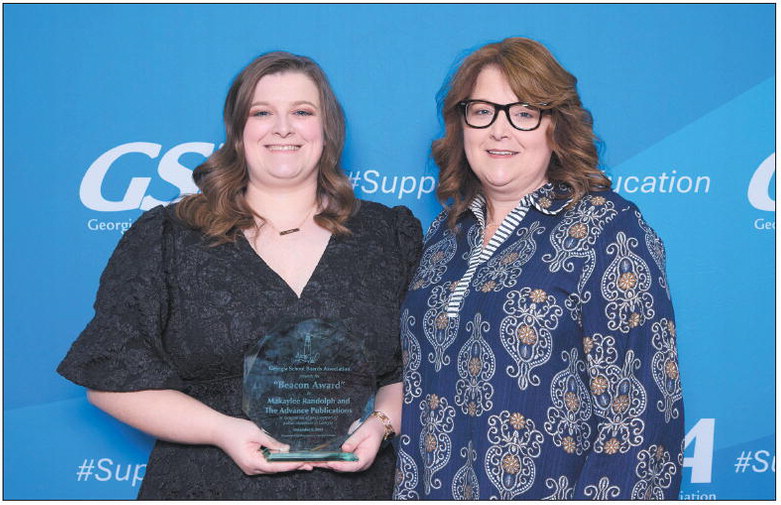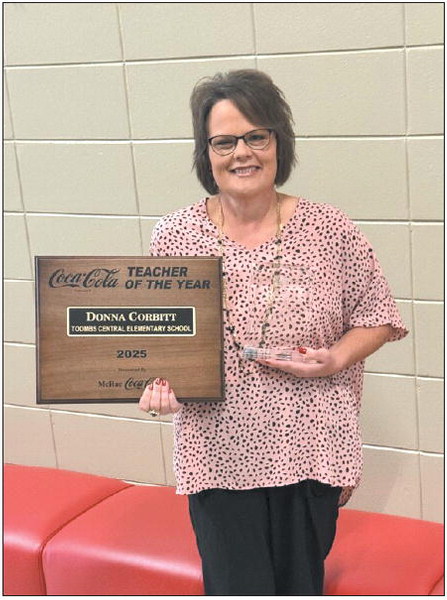Local Leaders Register Opinions At Hearing on State Redistricting


A delegation of leaders from Toombs and Montgomery counties attended a public hearing in Macon last Thursday to make known their opinions on Georgia’s redistricting.
The session was among several in-person and virtual hearings scheduled by the state to gather public input about redrawing Georgia’s legislative districts ahead of a special session of the General Assembly expected to convene in the fall. The last hearing was held virtually on July 30.
Speaking on behalf of the community were Ginger Morris, Montgomery County Commissioner and Assistant Superintendent of Vidalia City Schools; David Sikes, Chairman of the Toombs County Commission; and Don Betts, former head of the Toombs-Montgomery County Chamber of Commerce (now the Greater Vidalia Chamber) and the Toombs County Development Authority. Also in attendance was Leesa Hagan, R-Vidalia, newly-elected representative for District 156 in the Georgia House of Representatives.
Betts said his purpose in appearing at the hearing was to represent
Hearing
3A continued from page
himself as a Montgomery County citizen as well as the area business community. “I feel like we got our point across that it is very important for Toombs and Montgomery to be left together and whole (within in the district).” Betts said he and the other area representatives heard a lot from other speakers about how splitting communities with similar interests within a district can be counterproductive and even detrimental. “At the hearing, we heard about how communities had been taken apart for political benefits. We heard about a town not much larger than Vidalia that has three representatives,” Betts said. “Our pleas to make sure we stay together were punctuated by those examples where people had had problems in the past because of redistricting.”
Betts emphasized that the group from Toombs and Montgomery Counties made an impression. “By the all of us being there, just showing up, and I credit Leesa (Hagan) for getting us there, we made a strong statement. Our names (Toombs and Montgomery) were linked together and prominent in discussions and that is what we wanted accomplish.” He added that the redistricting process, which will stretch out over the next several months, warrants close scrutiny from local leaders.
Hagan, who called the local group’s presentation “proactive,” noted, “It showed the joint (hearing) committee that people in this district are engaged and concerned. I was proud of the number of people from Toombs and Montgomery counties that made that long drive and took the time after working all day to show up for the hearing.” She added that House Redistricting Committee Chairman Bonnie Rich said that legislators are expecting census number to arrive in September. “Right now they are just actively listening to get input, collecting information, and waiting on census numbers to show up. No decisions have been made.”
Morris, who was the first of 30 speakers at the hearing, made a convincing case for keeping Toombs and Montgomery counties closely aligned. “Over the years, it has been a joint effort in Toombs and Montgomery Counties to create one community with one vision for the benefit of the citizens of our respective counties. As such, we began by joining our chambers of commerce into one chamber to address the needs of our citizens. From there, our two counties have worked in unison on various projects that have benefitted our communities.”
In making her point, Morris pointed out the partnership between the two counties through Southeastern Technical College and the Southeastern Early Career & College Academy, Brewton-Parker College, the Ohoopee Regional Library System, Altamaha Rural Electrical Membership, and Memorial Health Meadows Hospital, among many other joint projects and relationships.
“Last, but certainly not least, the Georgia state vegetable, the world famous Vidalia Onion, is grown by farmers in both counties. As we put it, we are truly one community in House District 156 and Senate District 19, so much so, even our dirt is related and it is truly a ‘Sweet Community’ to live in with a bright future ahead!”
The Redistricting Strategy
How the state’s districts are reconfigured, based on 2020 census data, will help determine control of state government and its policies for at least the next decade. One of the biggest issues confronting the architects of the redistricting will be the state’s shifting demographics. Since 2010, the state’s population has grown by nearly 1 million people to more than 10.7 million in 2020, according to estimates from the Governor’s Office of Planning and Budget. From 2012 to 2019, the average size of Georgia’s 14 congressional districts has mushroomed by about 49,000 people to 743,000; the 56 state Senate districts have grown by about 12,300 people to 185,000; and Georgia’s 180 state House districts each contain about 4,000 additional people, or almost 58,000 on average. During that period, some districts in Atlanta’s northern suburbs have grown by more than 25%. That means that lawmakers will likely have to shrink the boundaries of these districts during redistricting in order to reduce the number of constituents represented in those areas. While lawmakers in North Georgia will see their jurisdictions shrink (with new districts added) after the lines are redrawn because of population increases, Middle and Southwest Georgia have seen the largest estimated population decline over the last few years. Boundaries for these thinning districts will have to be expanded during redistricting to draw in more people. “It’s a wait and see game for all of us and it’s got a lot of people in limbo,” said Georgia House Representative Robert Pruitt, R-Eastman. Pruitt, whose District 149 includes Wheeler, Dodge and Telfair counties and portions of Laurens and Jeff Davis counties, noted, “Right now I am committed to representing my district and moving forward.” But, like others in the House, Pruitt is running for his seat again in 2022 with the uncertainty of redistricting looming.
What is happening with redistricting above the fall line “has a ripple effect on rural Georgia,” he contended. “We are looking at a handful of representatives who will be displaced in the Atlanta area; that is the big wait and see.”
Since redistricting means dividing the state’s population reported in the




